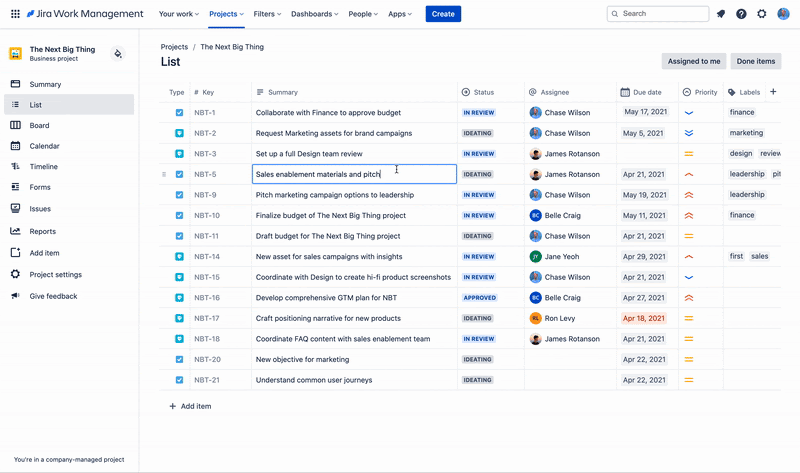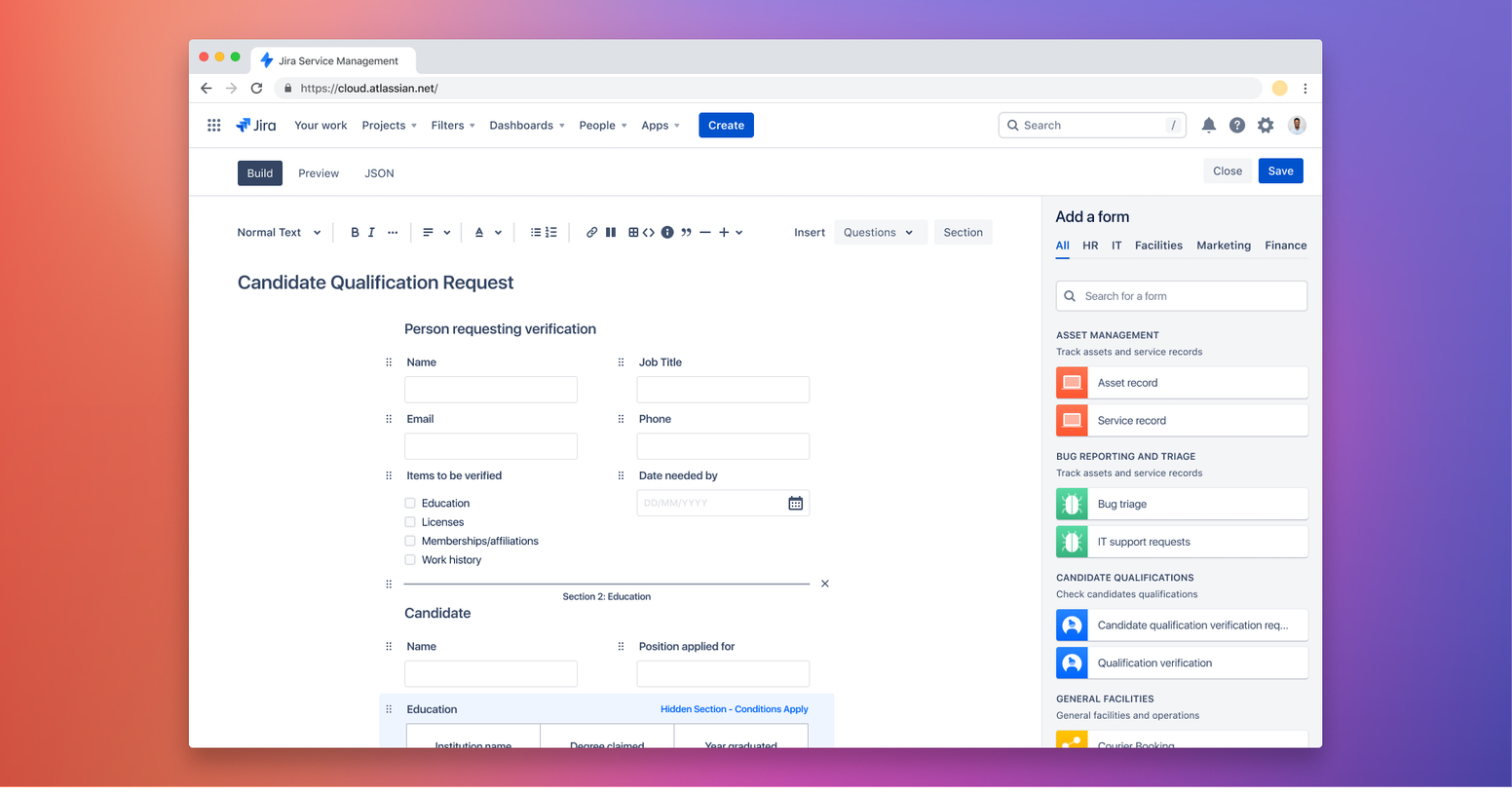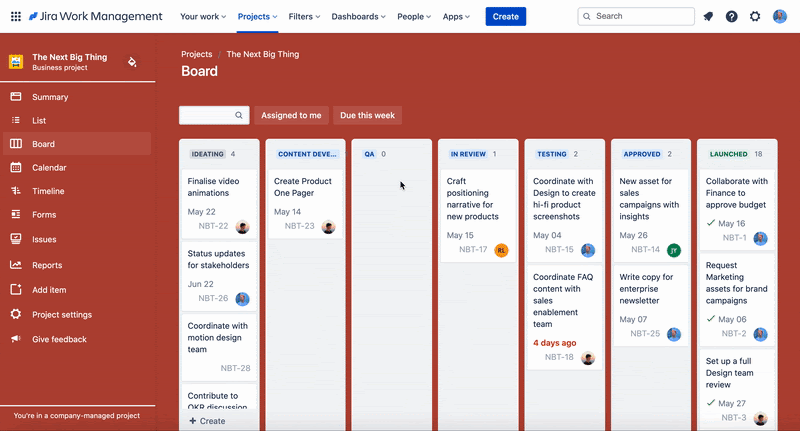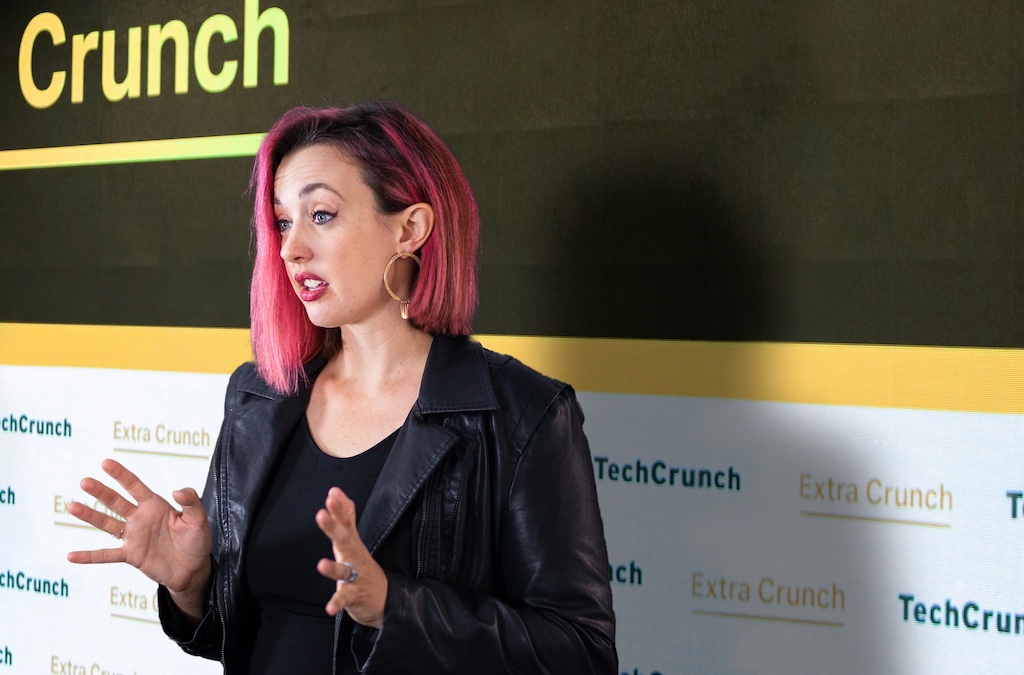News: Only 48 hours left to save $100 on TC Early Stage 2021: Marketing and Fundraising
TC Early Stage 2021: Marketing and Fundraising, our next mini bootcamp for founders in the early innings of their startup journey, takes place July 8-9. It sure seems a long way off, right? But you have only 48 hours left to save $100 on the price of admission. Invest and save with one decisive action.
TC Early Stage 2021: Marketing and Fundraising, our next mini bootcamp for founders in the early innings of their startup journey, takes place July 8-9. It sure seems a long way off, right? But you have only 48 hours left to save $100 on the price of admission.
Invest and save with one decisive action. Buy your TC Early Stage 2021 pass before April 30, at 11:59 p.m. (PT). You’ll save $100 and be set to learn from successful founders, top investors, marketing mavens and other essential experts that span the startup ecosystem.
Now, we can tell you how much actionable advice you’ll receive from our cohort of incredibly talented startup experts — like Mike Duboe, Sarah Kunst, Rahul Vohra and Lisa Wu. We can describe the wide range of interactive presentations and breakout sessions we’ll have for you. We can point out the advantages of opportunity and community.
We can do all of that until we’re blue in the face. But today, we’re going to let your contemporaries do the talking and share what they took away from their experience at TechCrunch Early Stage 2020.
The TC Early Stage virtual platform lets you network with attendees all over the world, and that was a big benefit. I met other early-stage founders to learn what they’re working on, pool resources and connect for potential future opportunities. — Ashley Barrington, founder, MarketPearl.
I wondered whether Early Stage 2020 was going to be just another virtual online class — long on PowerPoints and short on useful information. But it was engaging and interactive with lots of information I could implement right away. — Chloe Leaaetoa, founder, Socicraft.
I learned a lot from the various presentations. Ann Miura-Ko from Floodgate emphasized that a minimum viable company is more than product and market fit. It’s the business model, too. That third component’s important and something other startup education programs often omit. — Katia Paramonova, founder and CEO of Centrly.
Join your community of early-stage founders determined to build a successful startup on July 8-9 at TC Early Stage 2021: Marketing and Fundraising. And jump on this opportunity to save $100. Buy your pass before the early-bird price disappears in 48 short hours on April 30, at 11:59 p.m. (PT).
Is your company interested in sponsoring or exhibiting at Early Stage 2021 – Marketing & Fundraising? Contact our sponsorship sales team by filling out this form.










